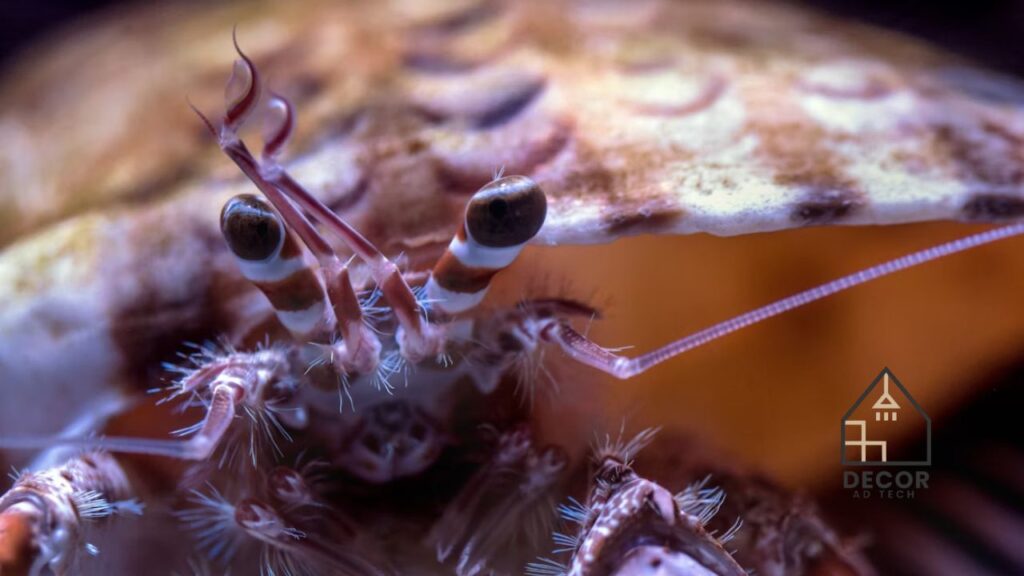Cockroaches are the unwelcome kitchen guests no one wants to deal with. These resilient pests can sneak into your space and leave behind kitchen cockroach eggs in hidden areas, leading to a full-blown infestation. Identifying and removing these eggs is crucial for maintaining a hygienic kitchen. But where do you start? This guide will help you understand how to spot, handle, and prevent these pests from taking over your space.
Summary Table of Key Information
| Detail | Description |
|————————————|——————————————————————————————|
| What Are Cockroach Eggs? | Tiny capsules, often brown or dark brown, containing multiple baby cockroach eggs. |
| Where Found in Kitchen | Hidden corners, under appliances, in cabinets, or between cracks. |
| Primary Species in Kitchens | German cockroach eggs, American cockroach eggs. |
| Removal Methods | Vacuuming, scraping, chemical treatments, or professional pest control. |
| Can Cockroaches Lay Eggs on Appliances? | Yes, especially near warm, humid areas like ovens or refrigerators. |
| Signs of Infestation | Visible eggs, cockroach droppings, musty odour, or live roaches. |
What Are Kitchen Cockroach Eggs?
Cockroach eggs are small, oval capsules called oothecae, which contain multiple baby cockroach eggs inside. These eggs are often laid in protected areas to ensure the offspring hatch safely. If you’ve seen unusual dark-brown capsules around your kitchen, you may already be dealing with cockroach eggs in kitchen spaces.
Distinguishing German Cockroach Eggs
German kitchen cockroach eggs are a common find in households. These eggs are light brown and typically contain up to 35–40 embryos. This makes German cockroaches one of the fastest-reproducing species, causing infestations to spread rapidly.
Where to Find Cockroach Eggs in the Kitchen

Cockroaches are experts in finding hidden, warm, and humid nooks to lay their eggs. Here are the most common areas where cockroach eggs in kitchen settings might appear.
Common Hiding Spots
- Under Appliances
- Ovens, microwaves, and refrigerators provide the warmth and darkness cockroaches seek.
- It is not uncommon to discover clusters of baby kitchen cockroach eggs in these spots.
- Cabinets and Pantries
- Check inside corners, behind cereal boxes, and along the cabinet base for eggs.
- Cracks and Crevices
- The tiniest spaces between kitchen tiles and walls offer a secure hiding spot.
- Can Cockroaches Lay Eggs on Kitchen Appliances?
- Yes, particularly in appliances that generate heat and moisture like coffee makers or dishwashers.
How to Identify Kitchen Cockroach Eggs
To effectively tackle a cockroach problem, it’s important to know what you’re looking for.
Physical Characteristics
- Shape and Size
Typically cylindrical, about 5–10mm long.
- Colour
Varies from light brown to deep dark brown depending on the species.
Signs of Infestation
- Droppings
Small black pepper-like grains are often found alongside eggs.
- Unusual Smells
A musty, damp odour could indicate cockroach activity.
How to Get Rid of Cockroach Eggs in the Kitchen
Getting rid of cockroach eggs in the kitchen requires a mix of cleaning, deterrents, and professional methods. Here’s how you can tackle this issue effectively.
1. Immediate Cleaning Steps
- Vacuum
Use a vacuum cleaner with a hose attachment to suck up eggs. Dispose of the bag immediately in a sealed trash bin.
- Scrape Away Eggs
Scrape off eggs on hard surfaces with a plastic spatula or knife, then clean the area thoroughly.
2. Chemical Treatments
- Insect Growth Regulators (IGRs)
These disrupt the lifecycle of cockroaches, preventing eggs from hatching.
- Cockroach Baits
Use gel baits near hiding areas to lure adults and reduce future egg-laying.
3. Natural Remedies
- Baking Soda Mixture
Create a bait using baking soda and sugar to dehydrate pests.
- Essential Oils
Spray peppermint or eucalyptus oils in infested areas—they act as natural repellents.
4. Professional Pest Control
For extreme infestations or German cockroach eggs, it’s best to consult pest control services.
Real User Reviews and Ratings
- Tom S., London
“I found several baby kitchen cockroach eggs under my fridge. After using baits and deep cleaning, they were gone in days. Rating: 5/5.”
- Priya K., Birmingham
“Professional pest extermination was the only solution when I found cockroach eggs near my pantry. It was worth the cost. Rating: 4/5.”
Prevention Tips to Avoid Cockroach Eggs
Keep Your Kitchen Spotless
- Daily Cleaning: Sweep floors and wipe countertops to remove crumbs.
- Seal Cracks: Use caulk to block entry points for roaches.
- Store Food Properly: Airtight containers prevent access to grains, snacks, and sugars.
- Fix Leaks: Standing water attracts pests looking for moisture.
Regular Inspections
- Inspect common hiding spots weekly for signs of cockroach eggs.
Decluttering
- Fewer hiding places mean fewer cockroaches. Clean out unused items from cabinets and under counters.
FAQs
1. What should I do if I find cockroach eggs in my kitchen?
Remove them immediately using a vacuum or scraper. Clean thoroughly with detergent and consider using insect growth regulators or baits to stop infestations.
2. Are German cockroach eggs harder to eliminate?
Yes, German cockroaches reproduce faster, making infestations harder to control. Professional pest services might be necessary.
3. Can cockroaches lay eggs in kitchen appliances?
Absolutely. Appliances like microwaves, ovens, and kettles are warm spots that attract cockroaches for egg-laying.
4. How can I prevent cockroach infestations entirely?
Regular cleaning, sealing cracks, and using airtight food storage can help prevent infestations in your kitchen.
By acting quickly and staying vigilant, you can reclaim your kitchen from these persistent pests. Keep these tips handy, and don’t hesitate to call experts if the problem persists!
Admin Recommendation
How to Upgrade My Home Decoradtech
Decoradtech Smart Home Ideas by DecoratorAdvice
DecorAdTech Smart Home Ideas by DecoratorAdvice












